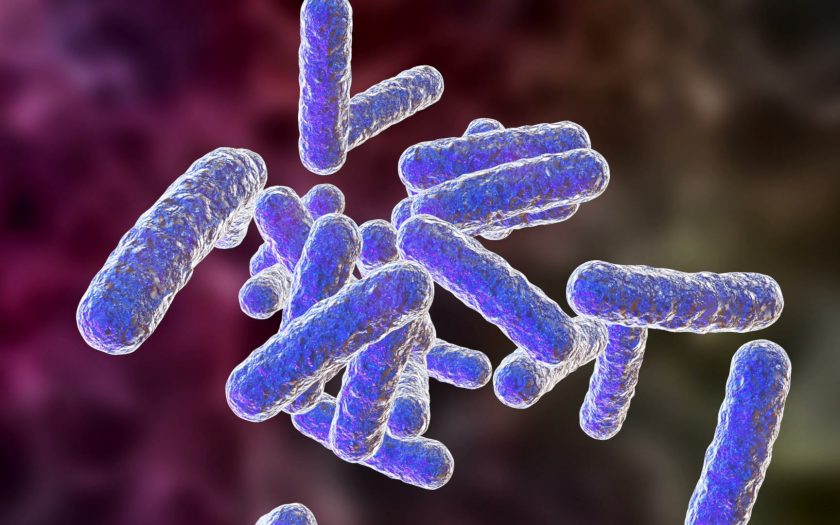Infections caused by small unicellular microorganisms are called bacteria. Science knows that bacteria do not have a nucleus, and genetic information is located in the cytoplasm.
Types of bacteria
Bacteria in biology are divided into groups according to certain criteria. For example, depending on how bacteria feed, they are divided into saprophytes (not pathogens) and parasites that feed at the expense of others. In the second group, there are also some types of bacteria, which are necessary for a person for good vital activity.
Depending on the shape of the cell, they are divided into:
- Cocci are bacteria in the shape of a ball. These are streptococcus, staphylococcus, meningococcus, pneumococcus.
- Rod-shaped bacteria that resemble a straight or curved wand: E. coli, Shigella, Mycobacterium tuberculosis, diphtheria bacillus and the causative agent of tetanus.
- Twisted bacteria are spiral-shaped, corkscrew-shaped microorganisms that cause syphilis, leptospirosis.
- Shape-modifying bacteria do not have a cell wall.
- Bacteria with flagellates able to move. A striking example is the causative agent of cholera.
Diseases caused by bacteria are especially dangerous due to the poisoning of the body with toxins of these bacteria. These toxins provoke inflammation and can damage the internal organs of a person. As long as the bacteria are alive, they release exotoxins. Dead bacteria release endotoxins. In many bacteria die, infectious-toxic shock develops and this causes the death of the organism.
Bacterial and viral infection: what is the difference?
Bacteria are very different from viruses – they are bigger than viruses and it is a complete living organism that needs food to provide and reproduce itself.
Until the twentieth century, doctors struggled with bacterial infections in the same way as with viral infections; they helped the body to learn how to fight the ailment on its own. It turns out that in order to kill bacteria, you need to apply special medications antibiotics and sulfonamides.
It is necessary to know the characteristics of both species in order to understand how to distinguish a viral infection from bacterial infection by symptoms.
The incubation period of the virus is 1-5 days. Bacterial can appear even after 2 weeks. The prodromal period of a viral infection is pronounced and lasts for a day; in a bacterial one, it passes unnoticed most often.
Bacterial infection provokes a high and often very rapidly increasing temperature. With a virus, the diseases do not raise the temperature above 38C. Usually, otitis, sinusitis, bronchitis, and pneumonia are manifestations of bacterial damage. ARVI is a viral infection.
Bacterial infections can be cured only with antibiotics. But antibiotics will not help with ARVI. It requires antiviral drugs during the prodromal period.
How to treat bacterial infections?
When a bacterial disease is detected, antibiotic (such as Accuzon, Ampicillin, Apo-Amoxi) should be used to prevent the development of the disease and its complications. The scheme of action looks like this:
- Visit the doctor and diagnosis;
- Quick purchase of medication prescribed by your doctor;
- Intake of drugs strictly according to the recommendations of the doctor or according to the instructions enclosed in the package.
Self-medication should not take place!

